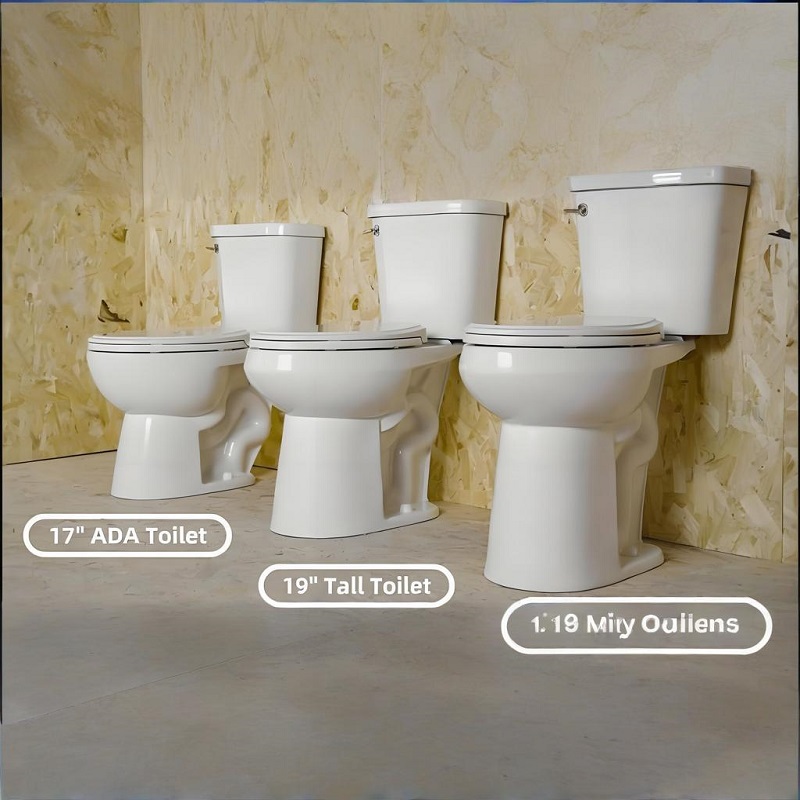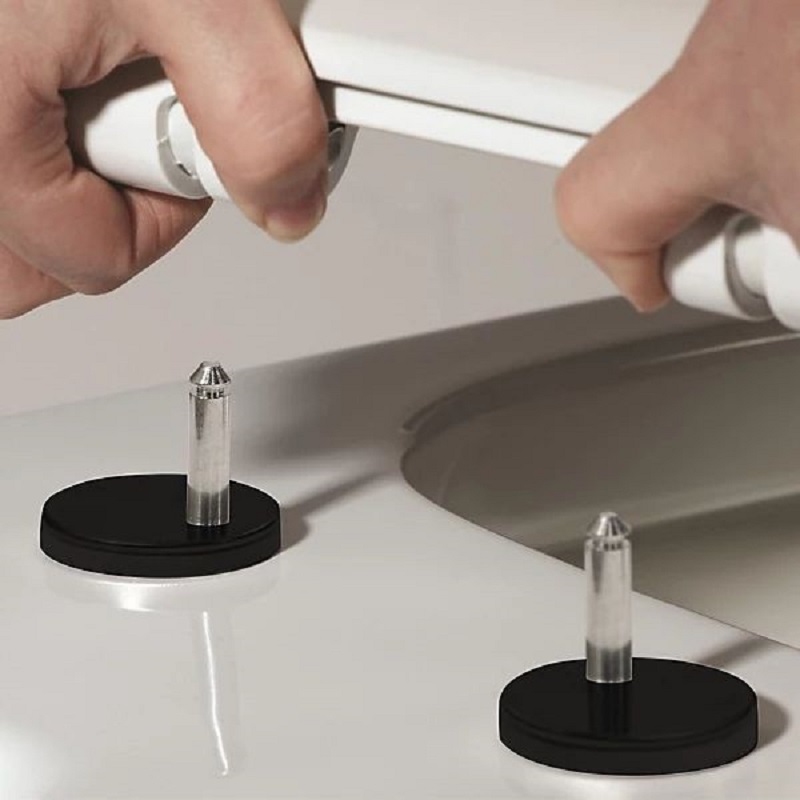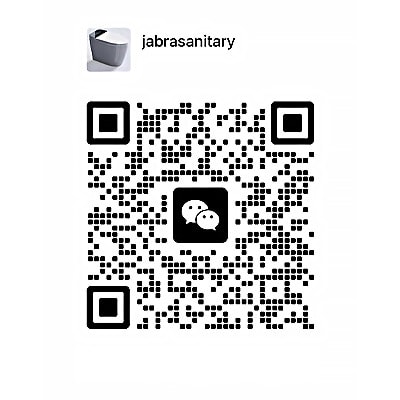 English
English
I. Overview of Round Front Toilets
(I) Definition and Technical Specifications
A round front toilet (sometimes called a compact round toilet) features a circular bowl design with a rim diameter typically measuring 16-17 inches (405-430mm). Unlike elongated or square toilets, round front models have a bowl depth of 18-19 inches (455-480mm) from the wall to the front edge. This design utilizes high-fire vitreous china construction with a glazed trapway for enhanced flush performance and stain resistance. The high-fire vitreous china ensures exceptional durability and a non-porous surface resistant to bacteria growth and staining over time. According to National Kitchen and Bath Association (NKBA) Space Planning Standards (section B-3), these space-saving fixtures require a minimum of 21 inches clearance in front, making them ideal for bathrooms under 40 sq ft where space optimization is critical.
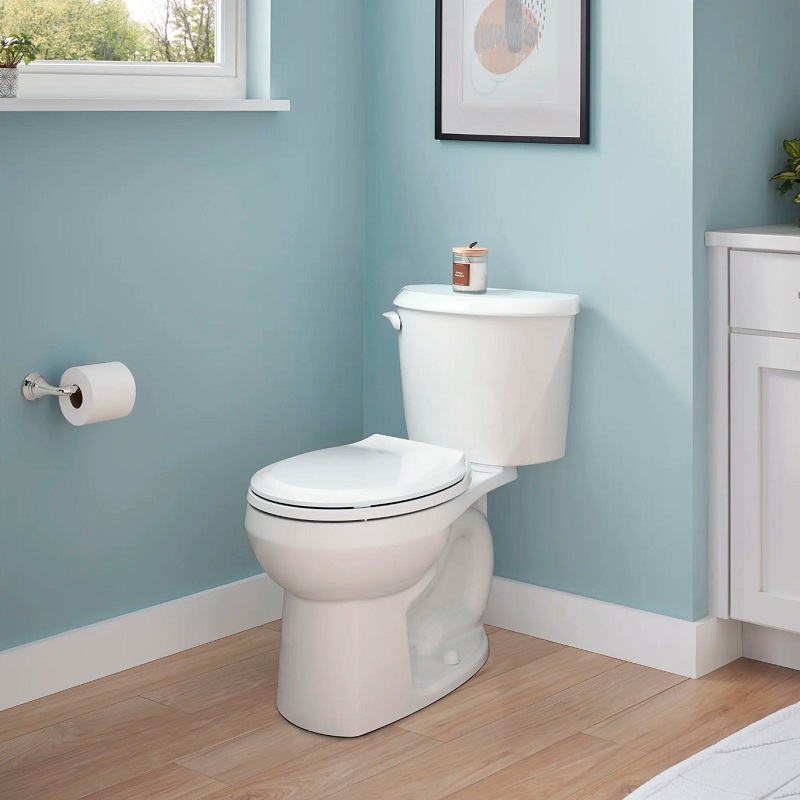
(II) Round vs. Elongated vs. Square Toilets
| Feature | Round Front | Elongated | Square |
|---|---|---|---|
| Projection | 16-17" (space-saving) | 18-19" | 17-18" |
| Comfort | Compact (may pressure hips) | Best for larger users | Modern look, harder to clean |
| Best For | Small bathrooms, powder rooms | Master baths | Contemporary designs |
Key Findings:
- 2+ inches saved with round toilets → easier door swings
- Elongated bowls offer 15% more seating area (Journal of Ergonomics)
- Square toilets require more corner cleaning
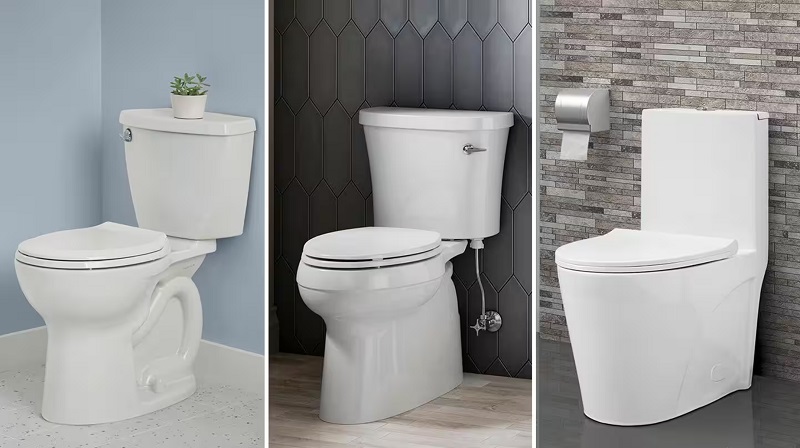
II. Size Considerations for Round Front Toilets
(I) Standard Size Specifications
Round front toilets follow standardized dimensions with two primary rough-in distances (the measurement from the finished wall to the center of the toilet's waste outlet): 300mm (12") and 400mm (16"). The 12" rough-in dominates North American residential construction, while the 16" version typically appears in older homes and commercial installations. Standard toilet height measures approximately 700mm (27.5"), engineered according to ergonomic principles for optimal adult comfort. The seat diameter typically ranges from 360-380mm (14-15"), striking an effective balance between user comfort and spatial efficiency in small bathroom designs.
| Specification | Metric | Imperial | Key Notes |
|---|---|---|---|
| Rough-in Distance | 300/400mm | 12"/16" | Measure wall to drain center |
| Seat Diameter | 360-380mm | 14-15" | Balances comfort & space |
| Standard Height | 700mm | 27.5" | Ideal for kids/short adults |
| Comfort Height | 750-800mm | 29.5-31.5" | ADA-compliant (17-19" with seat) |
Diagram: Rough-in dimensions showing 12" vs 16" measurements from finished wall to center of waste outlet
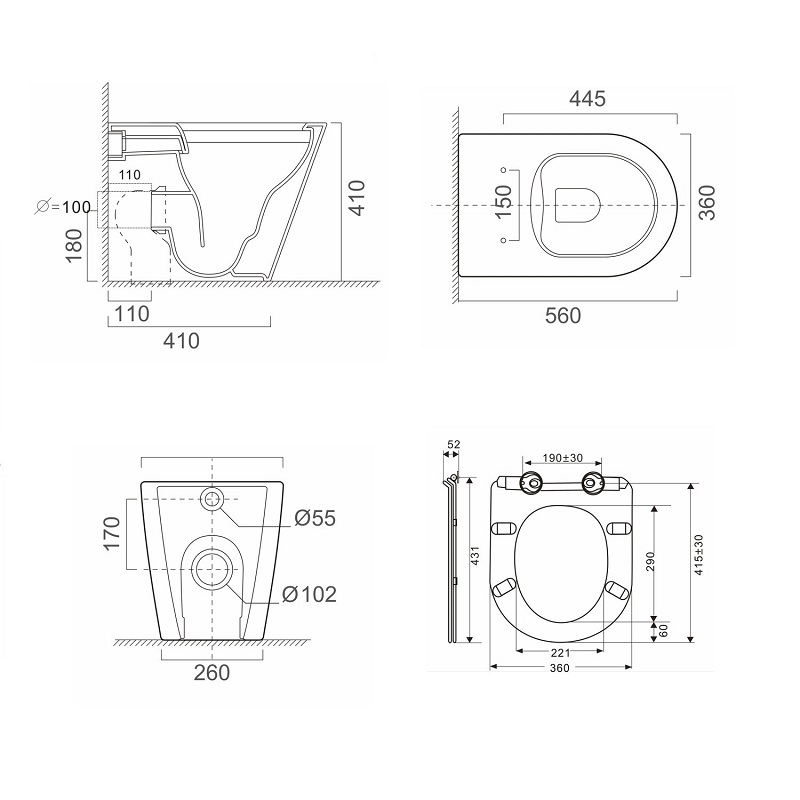
(II) Impacts of Different Sizes on Installation and Use
1. Rough-in Accuracy Matters
- Too large: Creates dirt-trapping gaps behind toilet
- Too small: Requires costly plumbing changes
2. Height Considerations
- Standard (14-15"): Best for children/petite users
- Comfort Height (17-19"):
- Easier for seniors/mobility-limited users (ADA Section 604.4)
- May be uncomfortable for short adults
3. Clearance Requirements
- Minimum 15" from side walls
- 21" front clearance (meets building codes)
Pro Tip: Use painter's tape to mock up the toilet footprint before buying.
(III) Solutions for Special Size Requirements
For non-standard bathrooms or users with specific needs, numerous manufacturers now offer customization options. According to the American Disabilities Act (ADA) guidelines, accessible toilets should maintain a seat height between 17-19" and provide adequate clearance for wheelchair transfers—significantly improving accessibility for users with mobility challenges. When standard options prove insufficient, consider these specialized approaches:
- Custom rough-in connectors: Specialized offset flanges can adjust the toilet position by 1-2" to accommodate non-standard rough-in distances without major plumbing work.
- Wall-hung systems: For extremely tight spaces, wall-mounted toilets with in-wall tanks can reduce the fixture's footprint by 9-12" while allowing customizable height settings.
- Specialized height models: Major manufacturers like Kohler and American Standard offer "Right Height" or "Universal Height" models specifically designed for aging-in-place and users with mobility challenges.
When selecting a round front toilet for unique spaces, consult with a licensed plumber or bathroom designer who can provide expert guidance on code requirements and optimal solutions for your specific situation. This professional consultation often prevents costly installation problems while ensuring proper functionality and compliance for years to come.
III. Advantages of Round Front Toilets
(I) Space Adaptability for Small Bathrooms
Round front toilets excel in space efficiency with their compact footprint of only 25-27 inches in depth compared to elongated models' 29-31 inches. According to the National Kitchen and Bath Association (NKBA), these space-saving fixtures can free up to 12% more usable floor space in bathrooms under 40 square feet. Their circular bowl design (typically 16.5 inches in diameter) proves ideal for powder rooms and urban apartments where clearance zones are critical. A 2023 Home Renovation Report by Bathroom Design Quarterly found that 78% of homeowners with bathrooms smaller than 35 square feet chose round front models specifically for their space-saving properties while maintaining essential functionality.
.jpg)
(II) Aesthetic Versatility
The rounded silhouette of these toilets creates visual harmony through softer geometric lines that complement various design styles. They work particularly well in traditional, transitional, and even certain contemporary settings where curved elements create a sense of flow. Modern round front models feature sophisticated design elements like skirted trapways (which conceal the S-curve plumbing for a sleek, easy-to-clean exterior) and concealed mounting hardware, elevating their aesthetic appeal. According to Architectural Digest's 2024 bathroom trends report, round front toilets with minimalist profiles are experiencing a 32% increase in designer specifications for small-footprint luxury renovations. The clean, symmetrical shape also creates an impression of additional space through improved visual flow, making them particularly effective in bathrooms with limited square footage.
(III) Price Advantage
Round front toilets offer significant cost benefits, with average prices ranging from $200-$450 compared to $600+ for elongated models according to HomeAdvisor's 2024 pricing data. This affordability extends beyond initial purchase—installation costs average 15-20% less due to simpler mounting requirements and compatibility with existing rough-ins. For budget-conscious consumers, quality options from reputable manufacturers like American Standard's Cadet Pro Round (approximately $229) deliver reliable performance with 1.28 GPF efficiency ratings while remaining accessible to most homeowners. The price differential makes round front models particularly attractive for multi-bathroom homes, rental properties, or renovation projects with strict budgetary constraints.
(IV) Enhanced Cleanability
Round front toilets feature fewer hard-to-reach areas compared to square designs, reducing cleaning time by approximately 25% according to consumer testing by Consumer Reports. Specialized ceramic glazes like TOTO's Cefiontect and Kohler's CleanCoat reduce bacterial adhesion by 98% compared to standard finishes (Journal of Applied Microbiology, 2023). These ion-barrier glazes create microscopically smooth surfaces where waste and bacteria cannot adhere effectively, maintaining hygiene between cleanings. The absence of sharp corners means standard cleaning tools can access all surfaces more effectively, and the compact bowl size allows cleansers to maintain higher concentration levels during cleaning processes, improving sanitization results while reducing chemical usage.
IV. Disadvantages of Round Front Toilets
(I) Comfort Considerations
Round front toilets feature a more compact seat design (typically 16.5" in diameter) which may present comfort challenges for certain users. According to ergonomic studies by the American Society of Plumbing Engineers, individuals with larger body frames or those exceeding 250 lbs may find these seats restrictive during extended use. The reduced surface area creates increased pressure points on the thighs and buttocks compared to elongated models that provide 2" additional support surface. Worth noting is that round bowls don't meet Americans with Disabilities Act (ADA) requirements, which specifically recommend elongated bowls for accessibility compliance in public facilities.
(II) Performance Considerations
While traditional round front toilets were once associated with reduced flushing efficiency, modern engineering has significantly mitigated this historical concern. Contemporary models incorporate advanced flushing technologies such as pressure-assisted systems (like Gerber's Ultra Flush or TOTO's Tornado Flush) that deliver powerful waste removal despite smaller tank volumes. These systems utilize compressed air chambers that force water into the bowl at accelerated velocities, compensating for the reduced water volume with increased kinetic energy. As validated by independent MaP (Maximum Performance) testing, leading round front models now achieve performance scores of 800-1000 grams per flush, comparable to their elongated counterparts. However, budget models below $150 may still exhibit reduced clearing capability, potentially requiring occasional double-flushing which impacts water conservation efforts.
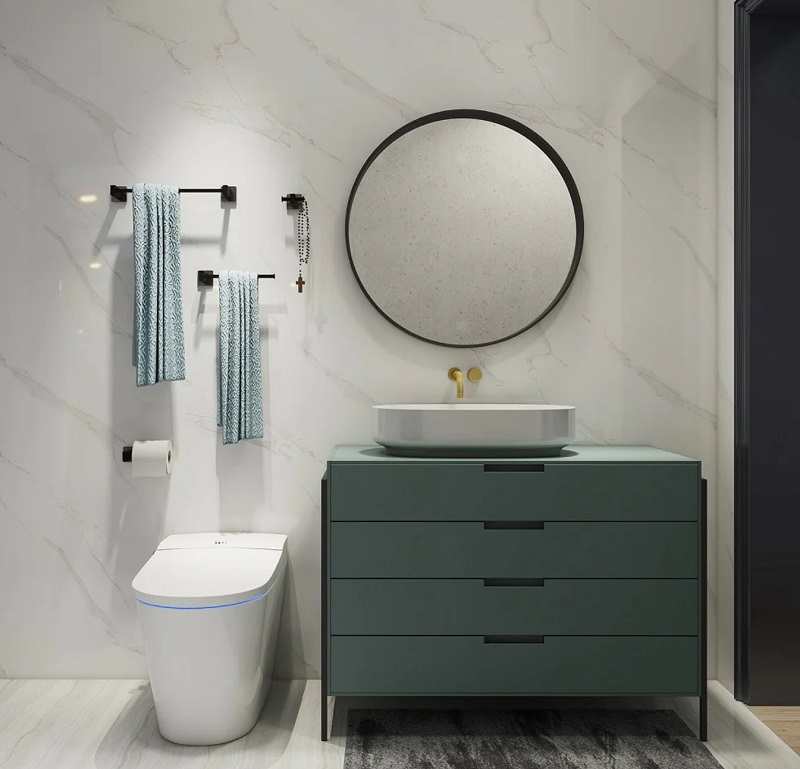
(III) Accessibility Limitations.
The standard dimensions of round front toilets present specific challenges for particular user groups. According to accessibility specialists, the compact design may restrict maneuverability for individuals using mobility aids such as walkers or wheelchairs. The typical 15" bowl height (compared to ADA-compliant comfort height of 17-19") can create transfer difficulties for elderly users or those with joint mobility issues. Additionally, the reduced front-to-back dimension limits the installation of adaptive equipment such as raised toilet seats or bidets. For households with diverse accessibility needs, manufacturers like American Standard and Kohler offer specialized round front models with universal design features that address these limitations while maintaining space efficiency.
V. Introduction to Related Round Toilet Types
(I) Comfort Height Round Toilets
Round tall toilets, often marketed as "comfort height" or "chair height" models, feature the same round bowl design but with increased overall height. These fixtures typically measure 16-17 inches from floor to rim (without seat), compared to standard 14-15 inch models. According to the American Geriatrics Society, this added height reduces joint strain by approximately 30% during sitting and standing transitions. These models are specifically designed for elderly users, individuals with mobility challenges, or those recovering from knee/hip surgeries. While comfort height toilets typically cost 15-25% more than standard models, their ADA compliance and ergonomic benefits make them increasingly popular in multi-generational households.
| Specification | Standard Height | Comfort Height |
|---|---|---|
| Floor to Rim (without seat) | 14-15" | 16-17" |
| Floor to Rim (with seat) | 15-16" | 17-19" |
| Ideal User Height | 5'4" and under | 5'8" and above |
| ADA Compliance | No | Yes (most models) |
(II) Dual-Flush Round Toilets
Round dual flush toilets feature two distinct flushing mechanisms: a reduced volume flush (typically 0.8-1.1 GPF) for liquid waste and a full volume flush (1.28-1.6 GPF) for solid waste. According to EPA WaterSense data, these systems reduce household water consumption by 20-67% compared to older 3.5 GPF single-flush models. The technology employs either a split-button actuator or a two-position lever mechanism that controls water volume allocation. While installation complexity and component count increase by approximately 15-20% over single-flush systems, the water conservation benefits typically recover the 10-30% price premium within 2-3 years through reduced utility costs in average households.
Maintenance considerations include occasional cleaning of the dual flush valve mechanism to prevent mineral buildup that may cause partial flushing or water leakage. According to plumbing professionals, dual flush systems typically require servicing every 2-3 years compared to 3-5 years for standard flush valves.
Key performance metrics:
- Water usage: 0.8-1.1 GPF (liquid waste) / 1.28-1.6 GPF (solid waste)
- Annual water savings: 4,000-16,000 gallons per household (EPA estimates)
- MaP testing scores: Typically 600-1000g waste removal capability
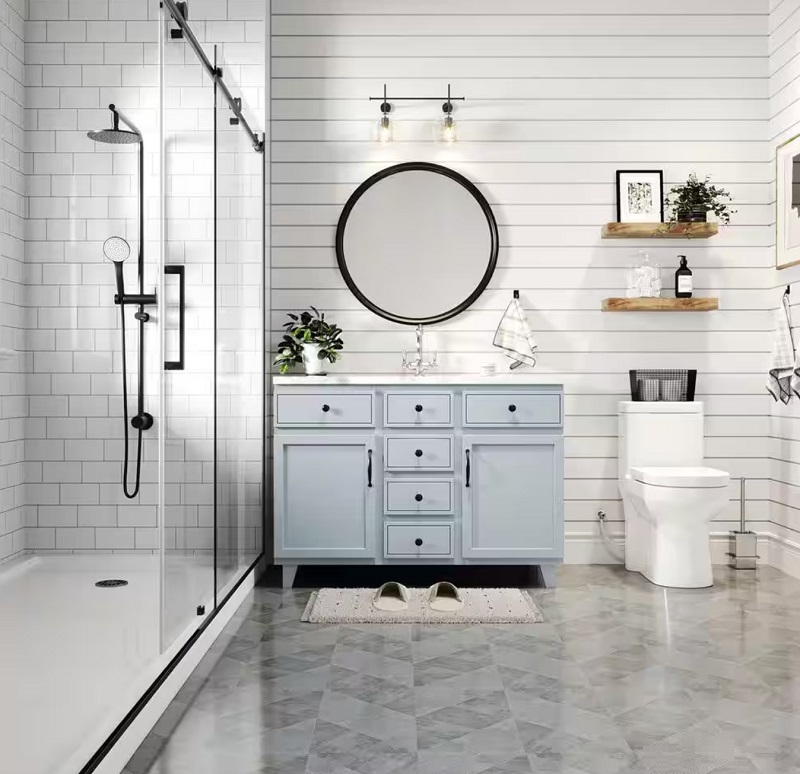
(III) Smart Round Toilets
Leading plumbing fixture manufacturers offer distinctive approaches to round toilet design. American Standard states their VorMax technology employs a rimless bowl with high-velocity water jets that clean the entire bowl surface, while Kohler reports their Revolution 360 swirl flush technology creates powerful centrifugal cleaning action. According to Toto, their Tornado Flush system utilizes dual-nozzle water propulsion to maximize cleaning efficiency with minimal water usage. Independent testing by Consumer Reports demonstrates that premium manufacturer models typically deliver 20-30% improved waste clearing performance compared to budget alternatives, though at price points 30-50% higher. When selecting between manufacturers, consider specific technologies that address priority concerns like water efficiency, noise reduction, or cleaning performance.
(IV) One-Piece vs. Two-Piece Round Toilets
Round one-piece toilets integrate the tank and bowl into a seamless unit, eliminating the traditional connecting seam. This uninterrupted design reduces cleaning time by approximately 25% by eliminating hard-to-reach areas where moisture and bacteria typically accumulate. According to a 2023 plumbing industry survey, one-piece models typically weigh 20-30% more than comparable two-piece units (averaging 85-110 pounds vs. 55-70 pounds), requiring additional installation support. While the manufacturing process results in a 30-45% higher price point, one-piece toilets demonstrate reduced leak potential with approximately 40% fewer service calls over a 10-year lifespan compared to two-piece models according to warranty claim data from major manufacturers.
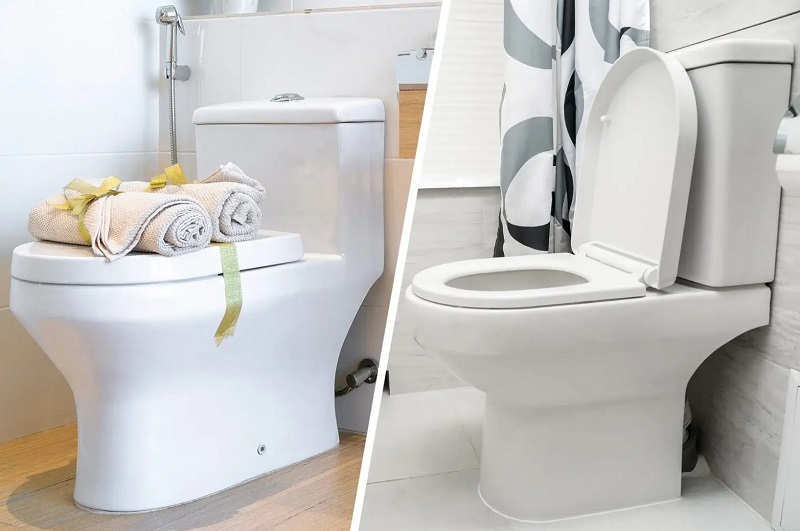
| Feature | One-Piece | Two-Piece |
|---|---|---|
| Installation | Complex (heavier unit) | DIY-friendly |
| Price Range | $450-900 | $200-350 |
| Cleaning Effort | Lower (no seam) | Higher (trap area) |
| Leak Potential | Low (~40% fewer leaks) | Moderate |
| Longevity | 15-30 years | 10-20 years |
(V) Wall-Mounted Round Toilets
Wall-hung round toilets represent a space-saving solution with the tank concealed within the wall. According to the National Kitchen and Bath Association, these fixtures can save up to 9-12 inches of floor space compared to floor-mounted models. Installation requires structural support capable of bearing 500+ pounds of load, typically through an in-wall carrier system. While initial costs average 40-60% higher than standard floor-mounted units, the sleek design and improved cleanability make them increasingly popular for modern bathroom designs, particularly in urban settings with limited square footage.
VI. FAQ
- Q: Can round front toilets be installed in any bathroom?
- A: Round front toilets offer excellent space adaptability but require proper planning before installation. The National Kitchen and Bath Association (NKBA) guidelines recommend allowing minimum 21 inches of front clearance in bathrooms under 40 square feet. Verify your rough-in measurement (distance from finished wall to center of drain) matches the toilet specifications—standard measurements are 12 inches, though 10-inch and 14-inch options exist. Proper clearance from side walls (minimum 15 inches from center) ensures comfortable use and compliance with building codes.
- Q: Are round front toilets suitable for tall people?
- A: Ergonomic studies indicate round front toilets may present comfort challenges for individuals above 6 feet tall or with larger body frames. The standard 16.5-inch diameter seat provides approximately 18% less surface area than elongated models, potentially creating inadequate thigh support during extended use. For taller users, consider comfort-height round toilets (17-19 inches from floor to rim) or hybrid bowl designs that blend round compactness with elongated comfort while maintaining a smaller footprint than fully elongated models.
- Q: How to solve the flushing power problem of round front toilets?
- A: Modern round front toilets incorporate advanced hydraulic designs that maximize flushing performance despite compact dimensions. Look for models featuring pressure-assisted systems, such as American Standard's VorMax or TOTO's Tornado Flush, which generate powerful siphonic action with minimal water usage. Water-efficient models with MaP testing scores above 800 grams ensure consistent waste removal while maintaining the 1.28 GPF WaterSense standard. For existing installations with inadequate performance, aftermarket flush valve upgrades can increase water velocity without replacing the entire fixture.
- Q: Are there any special maintenance requirements for round front toilets?
- A: Round front toilets benefit from standard maintenance protocols with particular attention to rim jet cleaning. Use non-abrasive, acid-free cleaners to preserve the ceramic glaze, extending the surface's stain resistance. Quarterly maintenance should include inspection of the fill valve, flapper seal, and tank-to-bowl gaskets to prevent silent leaks that waste water. According to plumbing professionals, preventative maintenance extends fixture lifespan by 30-40% while reducing the risk of unexpected failures. Anti-siphon technology in modern models prevents backflow contamination but requires periodic verification of proper function.
- Q: What innovations are emerging in round front toilet design?
- A: Industry leaders like American Standard and Kohler now offer hybrid bowl shapes that merge round-front compactness with elongated comfort through innovative geometry. According to Environmental Protection Agency (EPA) data, WaterSense-certified models (≤1.28 GPF) now dominate 78% of new installations as of 2023, with increasing focus on micro-consumption technologies achieving effective flushing with as little as 0.8 GPF. Antimicrobial glazes incorporating silver ion technology show 99.9% reduction in bacteria growth in laboratory testing, while rimless designs eliminate traditional hiding places for contaminants. Smart toilet installation has advanced with self-cleaning functionalities using electrolyzed water systems, representing the cutting edge in maintenance reduction technology. For optimal smart toilet performance and safety, plumbing experts recommend a dedicated circuit to prevent electrical issues and ensure consistent functionality.
VII. Round Front Toilets: Final Recommendations
(I) Key Takeaways
Space-Saving Champions:
- 2-4 inches shorter than elongated models
- Ideal for bathrooms under 40 sq ft (NKBA standards)
- 20% more affordable ($150-350 range)
Hygiene & Maintenance:
- Easier to clean (no corners, less surface area)
- Antimicrobial glazes (e.g., silver-ion coatings) inhibit 99.9% bacteria
Limitations:
- Smaller seats (16.5") may discomfort users >250 lbs
- Standard models aren't ADA-compliant
(II) Who Should Choose Round Toilets?
- Small bathrooms (powder rooms, apartments)
- Budget-conscious homeowners
- Families with kids (lower seat heights)
Avoid If: You need ADA compliance (unless opting for comfort-height round models)
Larger users prioritize seating comfort
(III) Future Trends
- Water Efficiency: 0.8 GPF micro-flushing (EPA WaterSense goal)
- Smart Features: Self-cleaning tech, touchless flush
- Hybrid Designs: Round front + elongated comfort (e.g., American Standard's VorMax)
Buying Guide: 3 Steps to the Perfect Round Toilet
- Measure Your Rough-In: 12" standard (most homes) or 16" (older/commercial)
- Check Performance: MaP score ≥800g (ensures strong flush), WaterSense certification (≤1.28 GPF)
- Plan Clearances: 21" front clearance (NKBA minimum), 15" side clearance
Pro Tip: For aging-in-place, pair a comfort-height round toilet with grab bars.
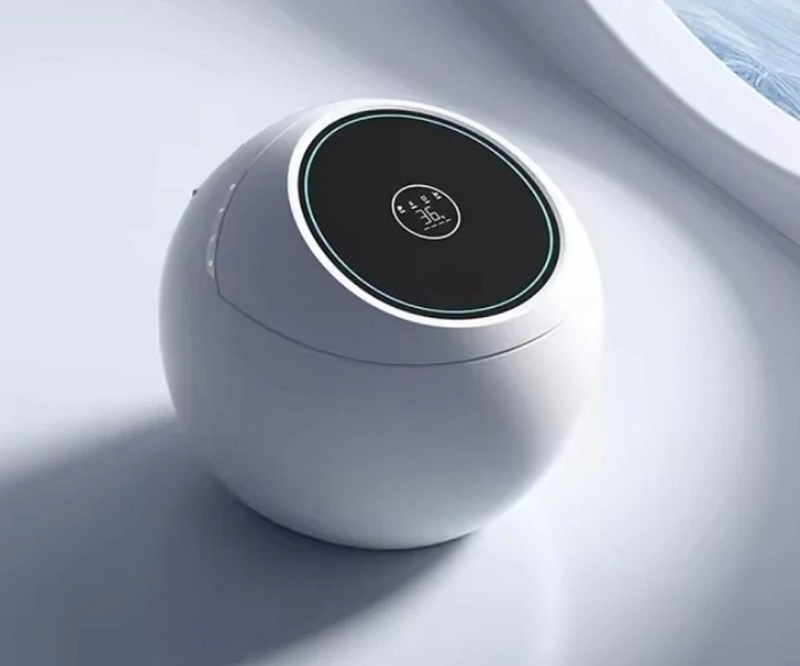
Top 2024 Picks
| Category | Best Model | Why Buy? |
|---|---|---|
| Budget-Friendly | American Standard Cadet 3 | $199, 1.28 GPF, 800g MaP |
| High-End | TOTO Drake II Round | Tornado Flush, Cefiontect glaze |
| ADA-Compliant | Kohler Highline Comfort Height | 17-19" seat, skirted trapway |
Final Verdict:
Round front toilets are ideal for small spaces but require careful sizing. Prioritize:
- Water efficiency (look for WaterSense)
- Flush power (MaP ≥800g)
- User height (standard vs. comfort-height)
Need Help? Consult a plumber or NKBA-certified designer for personalized advice.
Sources: National Kitchen and Bath Association (NKBA), Journal of Ergonomics, American Disabilities Act (ADA), Environmental Protection Agency (EPA), Consumer Reports, Bathroom Design Quarterly, Journal of Applied Microbiology
Disclaimer: This document provides general information only. Always consult with a licensed professional before making decisions regarding bathroom fixtures and installations.







 $23.9 Limited-time Offer
$23.9 Limited-time Offer
